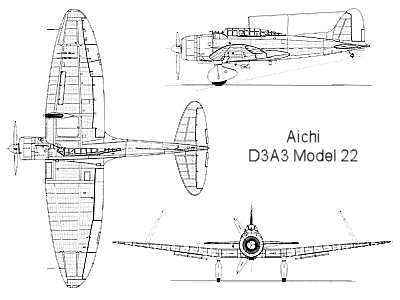The Aichi D3A, (Allied reporting name 'Val') was a World War II carrier-borne dive bomber of the Imperial Japanese Navy (IJN). It was the primary dive bomber in the Imperial Japanese Navy, and participated in almost all actions, including Pearl Harbor. The Aichi D3A was the first Japanese aircraft to bomb American targets in World War II, commencing with Pearl Harbor and U.S. bases in the Philippines, such as Clark Air Force Base. During the course of the Second World War, the D3A dive bomber sank more Allied warships than any other Axis aircraft.
Development
In mid-1936, the Japanese Navy issued the 11-Shi specification for a monoplane carrier-based dive bomber to replace the existing D1A biplane currently in service. Aichi, Nakajima and Mitsubishi all submitted designs, and Aichi and Nakajima were both asked for two prototypes each. A D3A prototype was ready in late 1937, and mass production of the D3A1 began in 1940. A Kinsey 43 engine producing 1000 horsepower was used, and the aircraft's armament consisted of two synchronous 7.7 mm machine guns over the engine and one hand-operated machine gun with the radio operator at the rear of the cab. The wings had folding wingtips and duralumin sheeting, and the ailerons and flaps were covered with fabric. The first prototype was completed in December 1937, and flight trials began a month later. Initial tests were disappointing. The aircraft was underpowered and suffered from directional instability in wide turns, and in tighter turns, it tended to snap roll. The dive brakes vibrated heavily when extended at their design speed of 370 km/h (200 kn), and the Navy was already asking for a faster diving speed of 240 kn (440 km/h). Modifications were made, so the the wings were slightly larger in span and the outer sections of the leading edges had wash-out to combat the snap rolls, and strengthened dive brakes were fitted. These changes cured all of the problems except the directional instability, and it was enough for the D3A1 to win over the Nakajima D3N1.
Back to Top
In Action
The D3A1 commenced carrier qualification trials aboard the IJN carriers 'Akagi' and 'Kaga' during 1940, while a small number of aircraft made their combat debut from land bases over China. Starting with the attack on Pearl Harbor, the D3A1 took part in all major Japanese carrier operations in the first 10 months of the war. They achieved their first major success against the Royal Navy during their Indian Ocean raid in April 1942. Val dive bombers scored over 80% hits with their bombs during attacks on two heavy cruisers and an aircraft carrier during the operation. During the course of the war, D3A dive bombers had to frequently combine their attacks upon enemy warships with the B5N 'Kate' torpedo bomber and consequently enemy vessels were often sunk by a combination strike of bombs and torpedoes. When the Yokosuka D4Y 'Suisei' became available, the D3A2s ended up with land-based units or operating from the smaller carriers, which were too small to handle the fast-landing Suisei. When American forces recaptured the Philippines in 1944, land-based D3A2s took part in the fighting, but were hopelessly outdated and losses were heavy. By then, many D3A1s and D3A2s were operated by training units in Japan, and several were modified with dual controls as Navy Type 99 Bomber Trainer Model 12s (D3A2-K). During the last year of the war, the D3A2s were pressed back into combat for kamikaze missions. Nearly 1,500 total of both models(D3A1 and D3A2) were made.
Back to Top
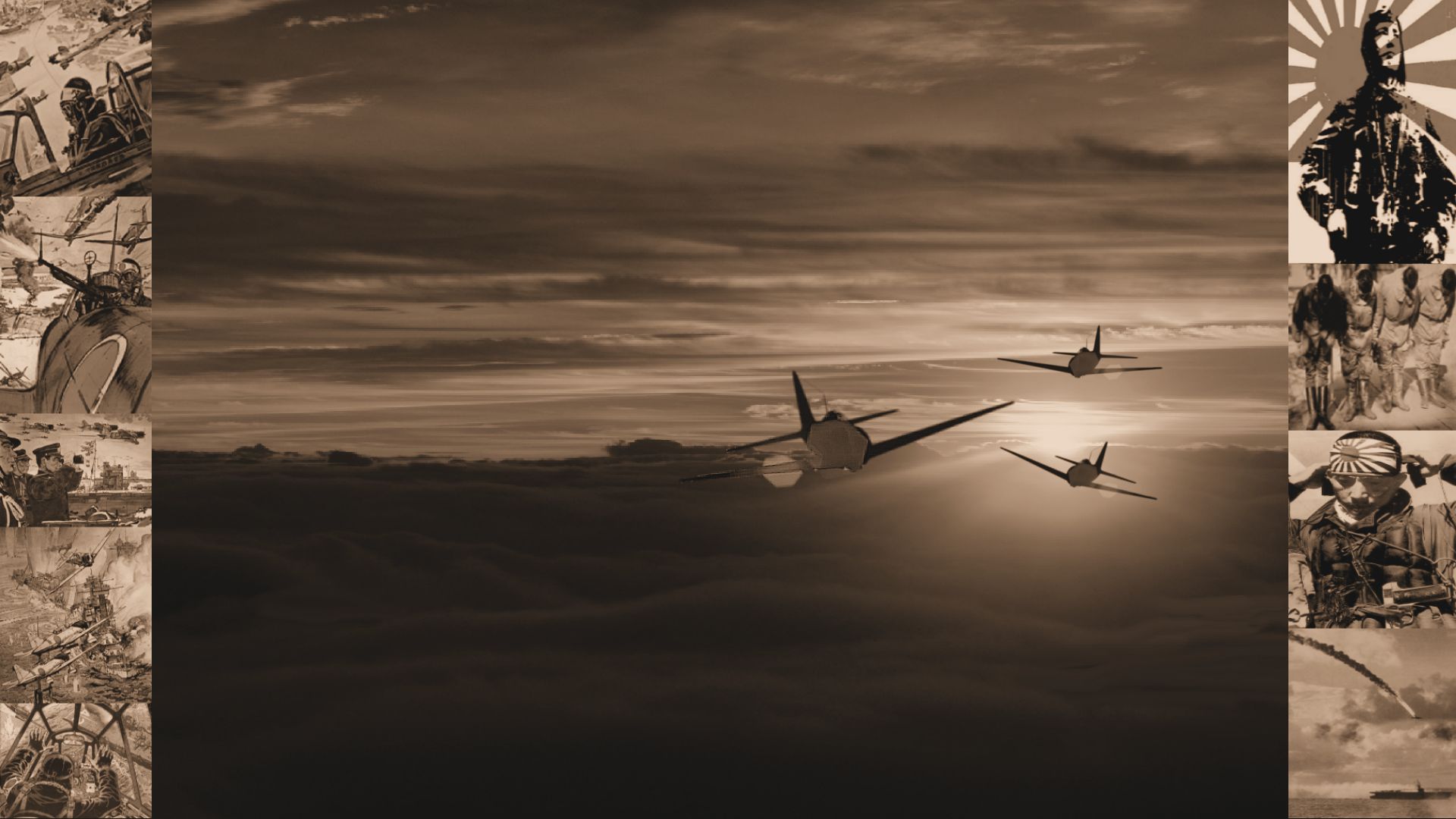


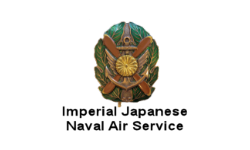
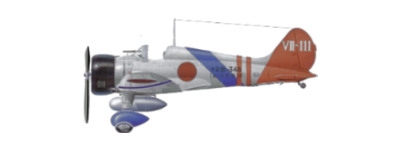 A5M
A5M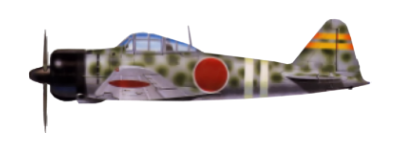 A6M Rei-sen
A6M Rei-sen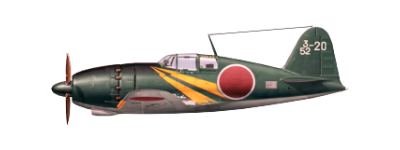 J2M Raiden
J2M Raiden N1K Shiden
N1K Shiden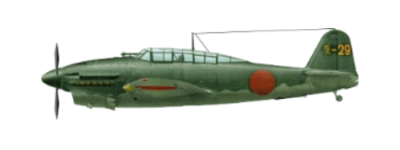 D4Y Suisei
D4Y Suisei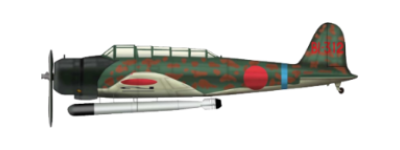 B5N
B5N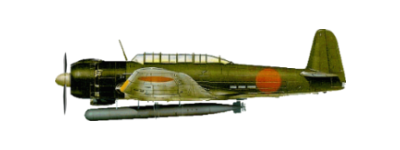 B6N Tenzan
B6N Tenzan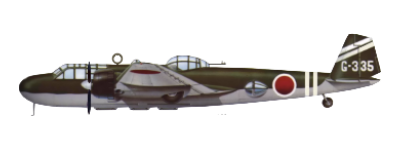 G3M
G3M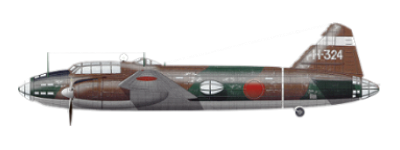 G4M
G4M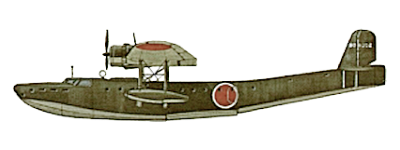 H6K
H6K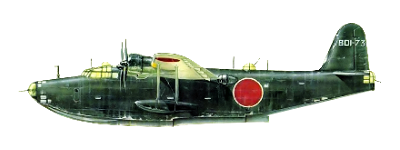 H8K
H8K
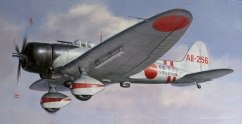

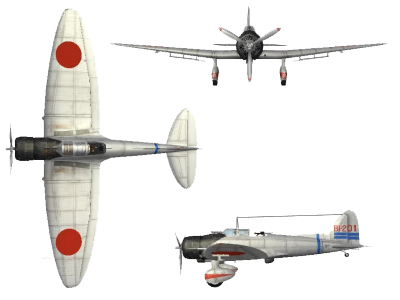
 Aichi D3A
Aichi D3A